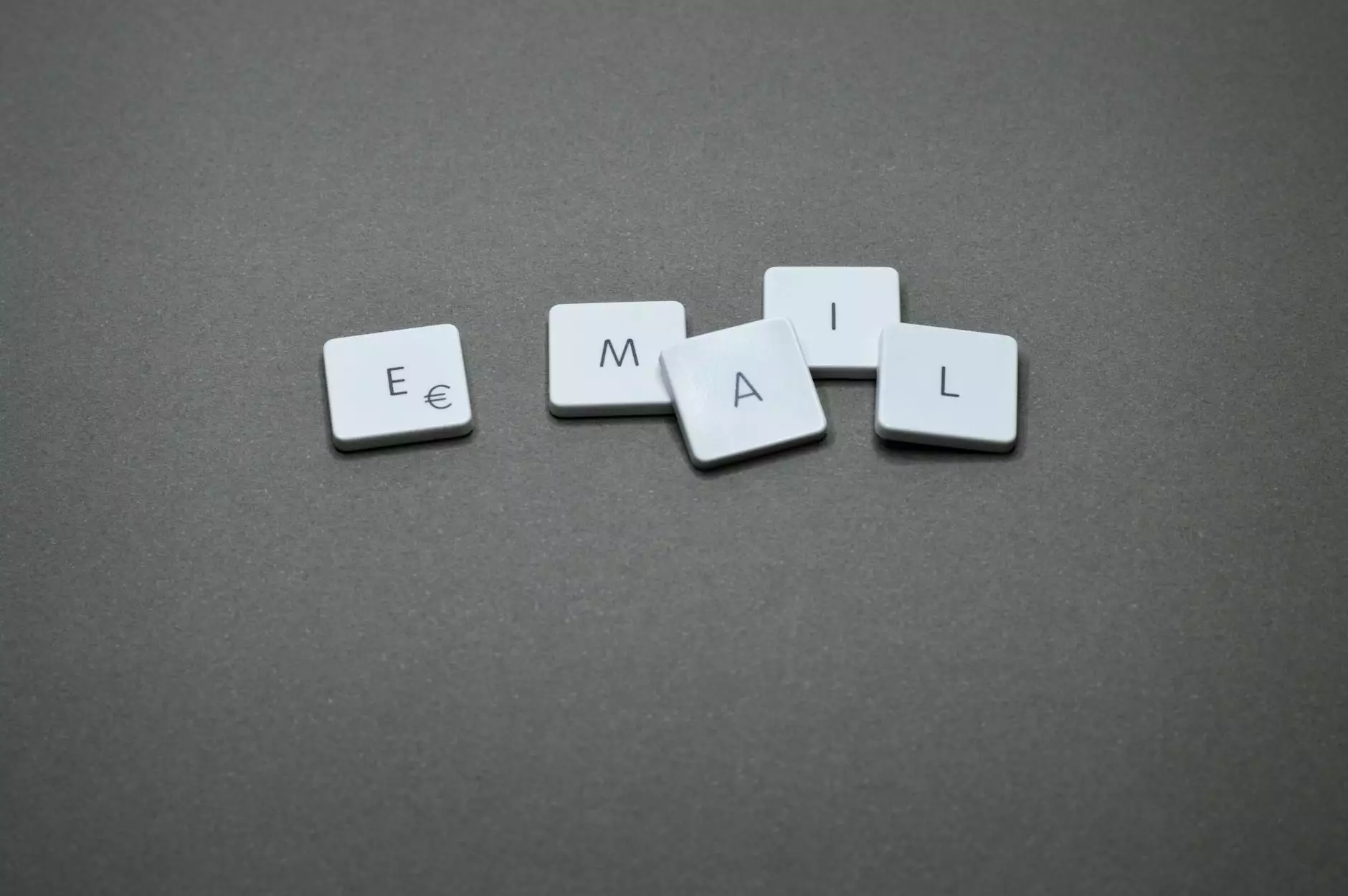Understanding Teeth Whitening Bleach: A Comprehensive Guide

In today's world, a bright smile is often associated with confidence and attractiveness. Many individuals seek various methods to enhance their smile, and one of the most popular techniques involves the use of teeth whitening bleach. This article will delve into the intricacies of teeth whitening, the science behind bleaching agents, and how you can achieve a radiant smile safely and effectively.
What is Teeth Whitening Bleach?
Teeth whitening bleach primarily refers to the use of bleaching agents, such as hydrogen peroxide or carbamide peroxide, to lighten the color of teeth. These compounds penetrate the enamel and dentin, breaking down the stains and discolorations that accumulate over time from foods, beverages, and lifestyle choices. The result is a brighter, whiter smile that enhances overall facial aesthetics.
The Science Behind Teeth Whitening
How Teeth Whitening Bleach Works
The effectiveness of teeth whitening bleach lies in its chemical composition. Here's a breakdown of the process:
- Hydrogen Peroxide: This is the most common bleaching agent used in professional and at-home whitening products. It works by releasing oxygen molecules that engage with the colored compounds in your teeth.
- Carbamide Peroxide: This compound breaks down into hydrogen peroxide when applied to teeth. It is often found in home whitening kits and is slightly slower acting than direct hydrogen peroxide but can be effective over longer periods.
- Enamel Penetration: Both agents work by penetrating the enamel layer to access deeper stains within the dentin, providing a comprehensive whitening effect.
Factors Influencing Teeth Discoloration
Before diving into teeth whitening bleach options, it's crucial to understand what causes tooth discoloration:
- Dietary Choices: Consuming coffee, tea, red wine, and certain acidic foods can stain your teeth.
- Tobacco Use: Smoking or chewing tobacco can lead to substantial discoloration.
- Age: As you age, the enamel thins, revealing the yellowish dentin beneath.
- Medications: Certain medications, such as tetracycline, can cause tooth staining during developmental stages.
Types of Teeth Whitening Products
Professional Whitening
Visiting a dentist for professional whitening treatments is often the most effective route. Here are key advantages:
- Quicker results: Professional treatments can achieve significant whitening in just one visit.
- Customized Care: Dentists can tailor treatments to your specific dental needs.
- Safe and monitored: Dental professionals ensure that appropriate concentrations of teeth whitening bleach are used for safety.
At-Home Whitening Kits
At-home kits provide convenience and cost-effectiveness. These usually come in two forms:
- Whitening Strips: These are thin, flexible plastic strips coated with a whitening gel containing either hydrogen peroxide or carbamide peroxide.
- Whitening Trays: Custom-fitted trays filled with whitening gel offer a snug fit for even application.
Potential Risks and Considerations
While teeth whitening bleach is generally safe when used correctly, there are potential risks:
- Sensitivity: Some individuals may experience tooth sensitivity during or after treatment.
- Gum Irritation: Excessive contact with bleaching agents can irritate the gums.
- Uneven Results: Existing dental work like crowns or veneers may not respond the same way to whitening agents.
Tips for Safe Whitening
Consult with a Dental Professional
Before embarking on any whitening journey, it's important to consult with your dentist. They can provide guidance based on your dental history and the current condition of your teeth.
Follow Instructions Carefully
Whether using teeth whitening bleach at home or in a clinic, always follow the provided instructions to avoid overuse or misuse.
Regular Dental Check-Ups
Keeping up with routine dental check-ups ensures your teeth remain healthy and can improve the outcome of whitening treatments.
Maintaining Your Bright Smile
Once you've achieved your desired whiteness, maintaining it is key:
- Practice Good Oral Hygiene: Brush at least twice a day and floss regularly.
- Limit Staining Foods and Drinks: Be mindful of consuming highly pigmented drinks like coffee and red wine.
- Use a Straw: When drinking staining beverages, using a straw can minimize contact with your teeth.
Conclusion: Embrace Your Whiter Smile
In conclusion, teeth whitening bleach can be an effective way to enhance your smile, boost your confidence, and improve your overall appearance. With numerous options available, from professional treatments to home kits, individuals can choose what best fits their needs. Remember to prioritize safety and consult a dental professional to enjoy the beautiful benefits of a brighter smile.
FAQs About Teeth Whitening Bleach
1. Is teeth whitening safe?
Yes, when used as directed, both professional and at-home whitening treatments are safe for most patients.
2. How long does teeth whitening last?
Results can last from a few months to a couple of years, depending on personal habits and oral care.
3. Can I whiten crowns or veneers?
No, whitening agents do not affect artificial materials; consult your dentist if you desire a uniform color.
4. Will whitening treatments work on sensitive teeth?
People with sensitive teeth may want to seek professional guidance or choose lower-concentration products designed for sensitivity.
5. How often can I whiten my teeth?
The frequency of whitening depends on the method used; follow the guidelines of your dentist or product instructions.
Explore More at Almas Dental
If you are interested in exploring teeth whitening bleach options to achieve a dazzling smile, visit Almas Dental. Their expert team is ready to help you on your journey to a brighter, healthier smile.









